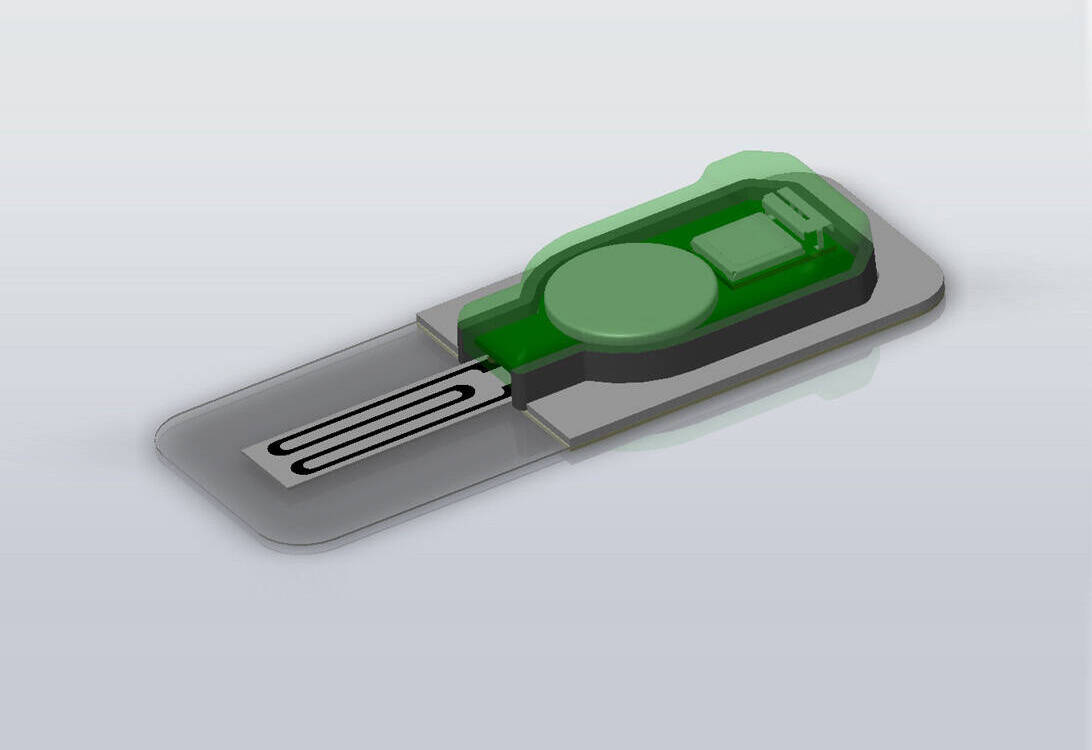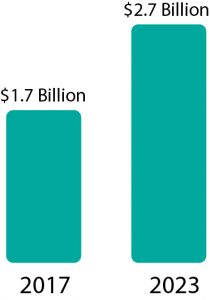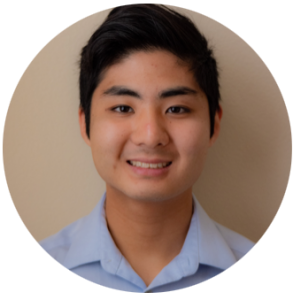Respiration Monitiring Reinvented
“The Makani Science breathing sensor offers the promise to continuously monitor a patient’s pulmonary function – respiratory rate, tidal volume and minute ventilation – wirelessly and noninvasively.
"It is a simple, direct and intuitive way to know how the patient is breathing.”

Market Opportunity

Global market for respiratory monitoring devices⁴
(pulse oximetry, capnography, spirometry, peak flow meters)Exponential growth of outpatient medical and dental procedures using mild or moderate sedation
Frequent use of powerful opioids for post-operative pain management
Aging population afflicted by chronic conditions, such as obesity and cardiovascular disease, that is at higher risk for sedation-related respiratory failure
Our Solution
It enables healthcare professionals to immediately detect and manage respiratory events with no lag time
It is a wearable patch sensor that continuously monitors breathing – respiratory rate, relative tidal volume and minute ventilation.
The patient’s respiratory waveforms are monitored in real-time on a mobile platform, such as smart phones, tablet computers, or other portable computers.
Our Team
Medical Advisory Board
References
“Growth of nonoperating room anesthesia care in the United States: a contemporary trends analysis.” Anesthesia & Analgesia4 (2017): 1261-1267
Postoperative hypoxemia is common and persistent: a prospective blinded observational study. Anesth Analg 2015;121(3):709–15.
“Injury and Liability Associated with Monitored Anesthesia Care. A Closed Claims Analysis.” Anesthesiology2 (2006): 228-234.
2017-2023. Albany, New York: Transparency Market Research; 2018:93. Available at: http://www.transparencymarketresearch.com/respiratory-monitoring-devices.html. Accessed July 22, 2019.











